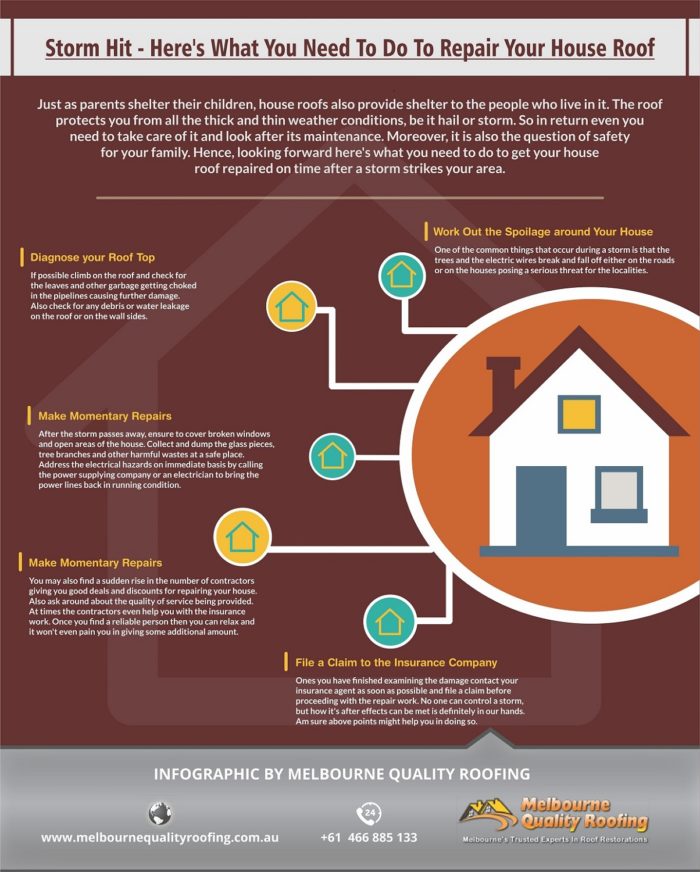Neglecting The Significance Of Roof Covering Ventilation Can Cause Considerable Damage; Determine The Important Facets That Promote An Effective Installment And Safeguard Your Investment
Neglecting The Significance Of Roof Covering Ventilation Can Cause Considerable Damage; Determine The Important Facets That Promote An Effective Installment And Safeguard Your Investment
Blog Article
Writer-Lassiter Rosa
When you're taking on a roof covering job, you could not think much regarding roof air flow, however it's more important than you recognize. Efficient air flow helps manage temperature level and wetness in your attic, protecting against issues like mold and mildew and architectural damages. By understanding just how to create and set up a well balanced ventilation system, you can improve energy effectiveness and extend the life-span of your roofing products. So, what are the key aspects to think about throughout setup that can make all the distinction?
Relevance of Roofing Ventilation
Roof air flow plays an important duty in keeping the overall wellness of your home. By enabling fresh air to flow with your attic room, it assists manage temperature level and dampness levels. This equilibrium is vital to prevent heat build-up during hot months, which can cause raised power expenses as your air conditioning burns the midnight oil.
Furthermore, correct ventilation substantially lowers the risk of moisture-related issues like mold and mildew. If moisture degrees rise, your home's architectural integrity can be jeopardized, bring about costly repairs. You wouldn't wish to handle deteriorating timber or warped roofing materials, right?
Additionally, adequate air flow prolongs the life expectancy of your roofing system. When heat and dampness are kept in check, your roof can perform ideally, protecting against premature wear and tear. This implies fewer headaches and expenditures down the line.
How Roofing System Air Flow Works
Reliable roofing air flow depends on the natural motion of air to produce an equilibrium between consumption and exhaust. When you mount vents, you're basically permitting fresh air to enter your attic while making it possible for warm, stagnant air to leave. This procedure helps manage temperature level and moisture levels, stopping concerns like mold and mildew development and roofing damage.
visit the following webpage , typically found at the eaves, pull in awesome air from outside. On the other hand, exhaust vents, situated near the ridge of the roofing system, allow hot air rise and leave. The difference in temperature creates a natural airflow, known as the pile result. As warm air rises, it develops a vacuum cleaner that draws in cooler air from the reduced vents.
To enhance this system, you need to guarantee that the consumption and exhaust vents are correctly sized and placed. If the intake is limited, you will not attain the desired air flow.
Likewise, straight from the source can catch heat and dampness, resulting in potential damages.
Secret Installment Considerations
When setting up roofing ventilation, several vital factors to consider can make or damage your system's performance. Initially, you need to assess your roofing system's style. The pitch, form, and materials all affect airflow and ventilation selection. Ensure to choose vents that suit your roof type and regional environment problems.
Next off, think about the placement of your vents. Preferably, you'll want a well balanced system with intake and exhaust vents positioned for optimal airflow. Place consumption vents short on the roofing and exhaust vents near the top to motivate an all-natural flow of air. This arrangement aids prevent moisture buildup and promotes energy performance.
Don't ignore insulation. just click the up coming page in your attic room protects against heat from leaving and keeps your home comfortable. Ensure that insulation doesn't obstruct your vents, as this can impede air flow.
Finally, think about upkeep. Select air flow systems that are easy to gain access to for cleaning and evaluation. Routine upkeep ensures your system continues to work efficiently in time.
Final thought
To conclude, roof ventilation is important for an effective installation. By guaranteeing correct air flow, you can prevent warmth accumulation and dampness issues that result in pricey damage. When you purposefully placement intake and exhaust vents, you improve energy effectiveness and extend the life-span of your roofing system. Remember, a well-ventilated roof covering not only shields your investment yet additionally boosts your interior air top quality. So, focus on ventilation to ensure a resilient and economical roofing system for your home.
